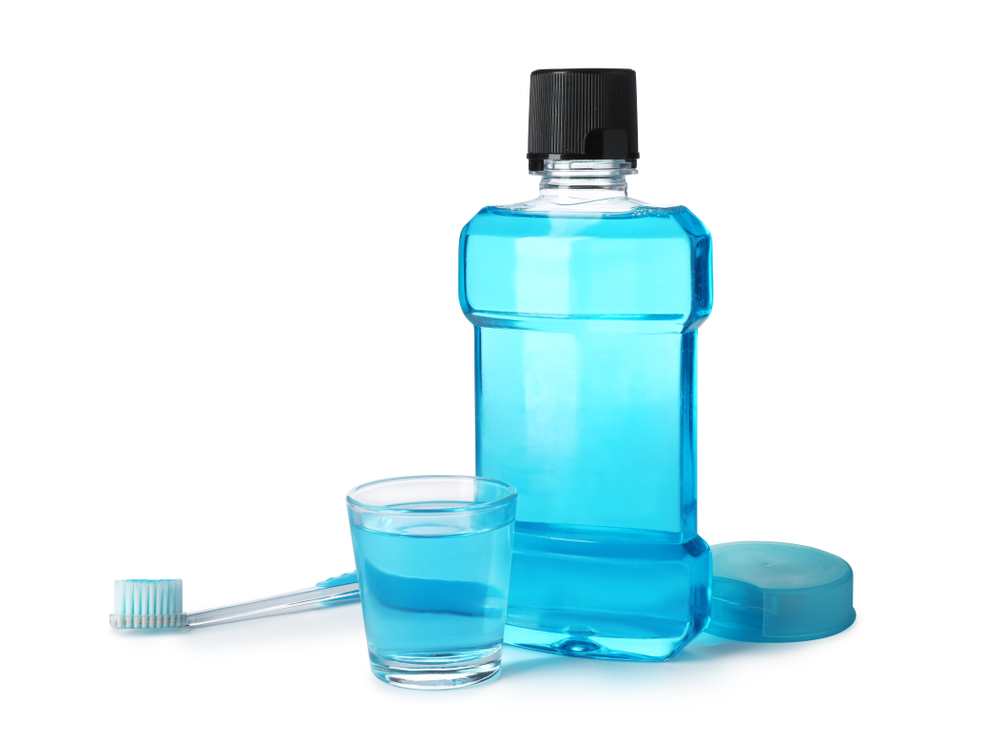Editor's Note: Dr. Rhonda Kalasho gives us her thoughts on traditional flossing vs. water floss.
 Photo Credit: www.shutterstock.com
Photo Credit: www.shutterstock.com
One of the most common questions I am asked is if flossing is truly effective, or if they can just substitute traditional flossing for a water floss. Water flossers are known to dentists as dental irrigants and have been around for decades but up until recently have become mainstream. My hygienist and I unanimously agree that water flossing is indeed an amazing tool to help debride and remove all the plaque that may be harboring at the gum line. However, the physical motion of floss between the teeth is excellent at debriding and strengthening the gums in ways that the water flossers cannot. A study published in the Journal of Clinical Dentistry showed that water floss reduced plaque by 74.4 % as opposed to 57.7 like traditional floss. However, studies do show that floss decreases interdental plaque (plaque between the teeth) which ultimately decreases the chances of gum disease. So if you are asking me, or my hygienists, if we would substitute floss for a water flosser, we would both unanimously say no. We use both the water floss and floss to supplement each other's shortcomings. However, if you miss a day and you are using a water floss instead of flossing, then we won’t be mad at you. Water flossers have a gentle way of cleaning the teeth that have certainly proven to be effective. It uses the right amount of pressure to dislodge the plaque and really does decrease the chances of gum disease and bleeding.
You may have heard of two terms when it comes to dental irrigants; the water floss and air floss. Both the air floss and water floss are effective at removing plaque between and around the teeth, and combined with brushing they both can decrease the chances of gingivitis, gum bleeding, and bad breath. A recent independent study showed that water floss was a lot more effective than air floss, not by much, but enough to make me choose a water floss as opposed to an air flosser.
The American Academy of Periodontology recent survey found that 15% of Americans would rather clean a toilet than floss their teeth! However toothbrushing alone is never enough to keep you from getting cavities or gum disease, so we need some adjunctive oral hygiene tools. If floss is not your tool of choice, then consider getting a water flosser. My regimen includes an electronic toothbrush (far superior over a manual toothbrush), a water flosser, and traditional floss. I perform this regimen twice a day, every day.
 Photo Credit: www.shutterstock.com
Photo Credit: www.shutterstock.com
My favorite and go to water flosser is the Waterpik WP-66o which is amazing. It has a tank you can fill with lukewarm water (which I suggest to be lukewarm if you have sensitive teeth), and you can adjust the pressure setting. I love it in hard to reach places like behind permanent retainers, braces, around implants, or under bridges. It has so many different tips to use in different oral hygiene scenarios. Your mouth feels so clean afterward like it came out of a car wash. It can be a bit more expensive than all the other brands, however, it is the easiest to use and most effective. It is not cordless however which can be a pain if you are trying to travel with it. Waterpik does make a cordless one now which I have certainly taken advantage of and purchased for when I go on trips.
A great cordless water flosser which is also portable and cheaper than the waterpik is the MOSPRO IPX7 which does a great job getting around implants and bridges, you can find it on amazon and has great consumer ratings.
Jetpik is another well-known brand of the water flosser family, and the difference between the waterpik is that its stream pulsates, and does not require a tank of water, instead you can attach a jetpik to any cup of water or bottle. It also has a toothbrush head option, just like the waterpik, that you can attach and use as a toothbrush. It is also easy to travel with. It has a rechargeable battery and tongue scraper (my favorite tip the Jetpik has), which is incredible. The Jetpik is still pretty expensive just like the waterpik but has a lot of head options to choose from.
Personally, I feel that both flossing and water flossing should be done daily, and definitely before going bed so you remove all the plaque and debris off your teeth.
For more on Dr. Kalasho, visit her Haute Beauty profile.
























